Transforming Materials locally with lasers
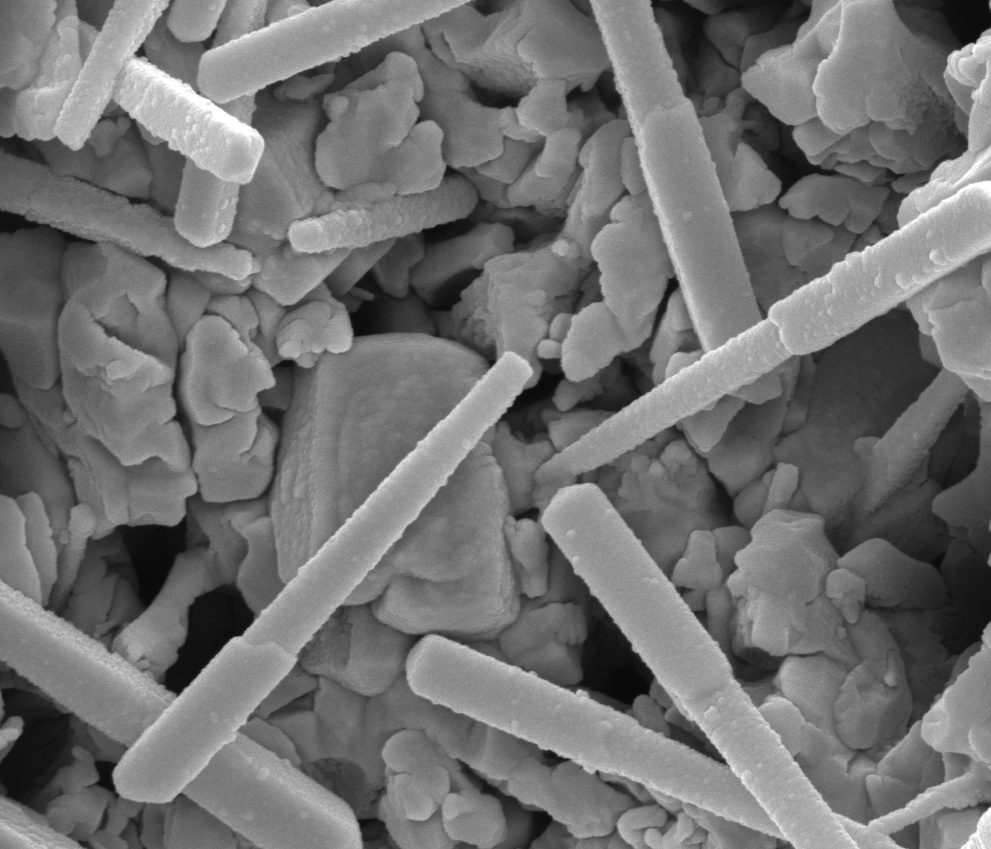
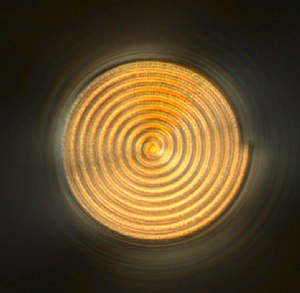
Questions about this research? Send us an email !
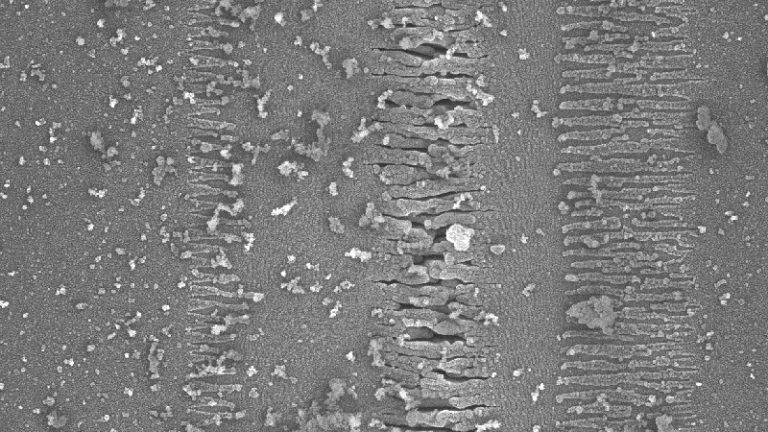
Self-organization process
Remarkably, intriguing self-organization phenomena leading to the formation of periodic multiscale structures may take place at the focal spot, when materials are exposed to intense laser beam that induced high electrical field conditions.
These periodic structures can take various shapes such as straight nanoplanes, trail of micro-bubbles, curved shells, etc. depending on laser exposure conditions.
Interestingly, these self-organized patterns can be obtained during continuous scanning, which is particularly interesting for applications requiring highly periodic elements over large surfaces or lengths.
Here, we investigate in particular the laser-exposure conditions for a given material for self-organization to take place as well as how self-organization processes can be correlated to specific material properties.
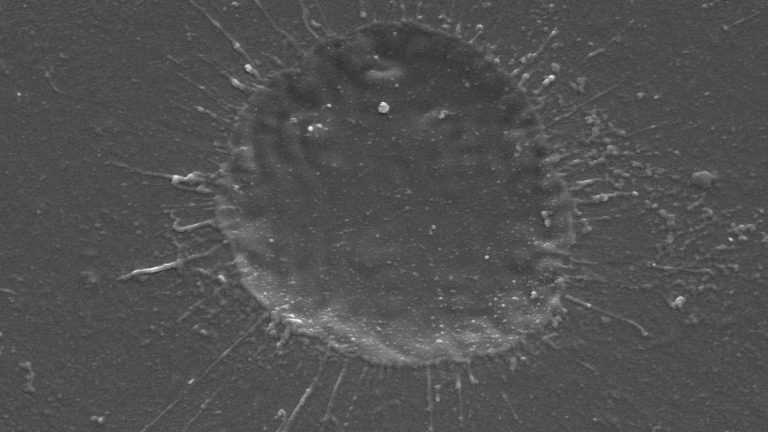
High-pressure phase generation
Ultrafast lasers generate high pressure conditions that open up the possibility to generate polymorphic phases of a same material.
These polymorphic phases can for instance have higher or lower density, different thermal properties or non-linear optical responses, or other key physical properties not present at first in the host material.
Finding new ways for generating these phases, in particular through direct-writing processes, can lead to new concept and processes for three dimensional direct write systems, defining new paradigms for manufacturing at the small scales.
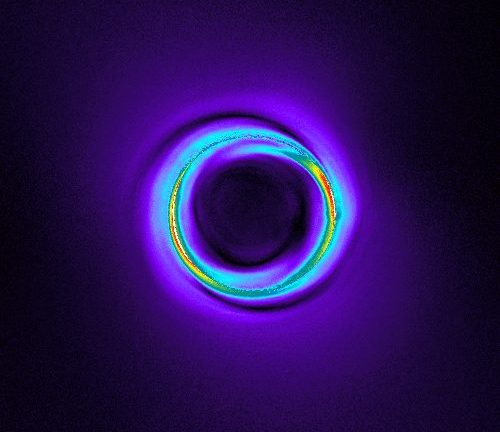
Tailoring stress states and mechanical properties of transparent materials
Stress and local mechanical properties plays an essential role at the micro‐scale.
While it can be detrimental if not controlled, it can also be used for instance to create new optical components like polarization devices, to induce localized controlled anisotropy in a material or for fine-adjusting the position of elements with sub-nanometer accuracies.
We investigate how ultrafast lasers can be used for locally tailoring stress‐states as well as local mechanical properties, such as Young modulus, and to distribute it in a controlled manner, in three dimensions. Applications are foreseen in integrated optical polarization devices as well as for fine contact-less positioning of micro-objects.
If you have a question, send us an e-mail: yves.bellouard@epfl.ch